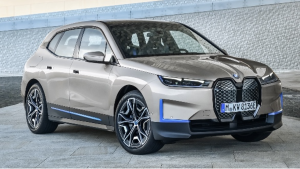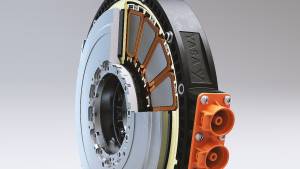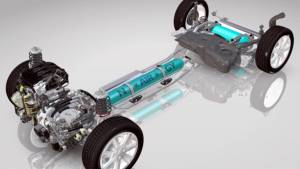Simple tech: How high-voltage EVs are engineered to be safe
Going forward from where we last left off, high-voltage electric drivetrains are somewhat the new norm among new age electric vehicles. High-voltage batteries and propulsion systems have the capability to provide higher power density with a lower weight of the overall package. In this case it means more performance, range, passenger/cargo carrying capacity and higher overall efficiency. However, happiness comes at a price, and in this case, it comes in the form of hazards of high voltage.
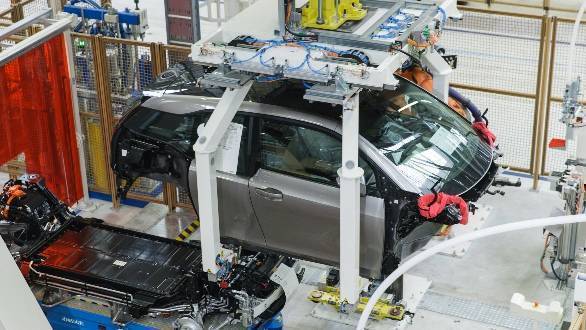
Voltage supplied to our home electrical socket is rated at 220 volts (V), and we all know that an electric shock of this magnitude is fatal. In an automobile application, anything above 30V is considered as high voltage and therefore dangerous. However, present EVs are rapidly reaching the 400V mark, for example Hyundai Kona (356V), and other vehicles with high-voltage systems have the potential to harm you if you were to accidently come in contact with their powertrains! A scary but realistic proposition since you and your loved ones sit just centimetres away from the battery-pack and drivetrain.
Don't be scared, though, if you have bought one. All modern EVs incorporate a host of safety features onboard to keep the high-voltage systems well away from its occupants. Now the safety to be provided against high-voltage hazards onboard cannot only be left at the behest of the manufacturer. I mean, all safety measures will come at a cost, and some manufacturers may try to omit some features, which they deem unnecessary, to save on manufacturing cost and final cost of the EV. Thus to standardise basic safety features among all EVs, a mechanism is in place in our country to check on it. That is the Automotive Research Association of India, also popularly known as ARAI, the autonomous homologation and type approval body in India. The ARAI is responsible for ensuring that all manufacturers who intend to launch their EVs in India should first meet certain regulations and criteria before their vehicles can be deemed fit to be registered for our roads. ARAI, in turn, takes the leaf from United Nation's world forum for harmonisation of vehicle regulation or WP.29, of which ARAI is a Technical Secretariat to since 2003.
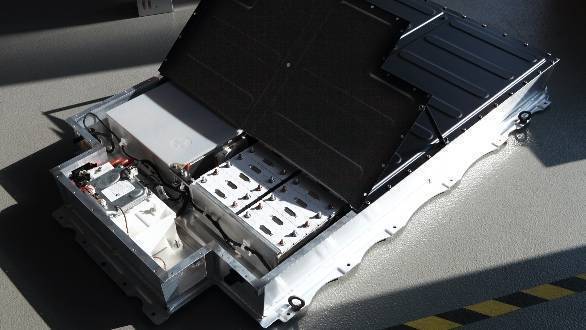
So, to prevent electrocution of passengers in an EV, all manufacturers are required to isolate the passenger cabin from the high-voltage system via physical barriers and enclosures, the strength and specification of which are defined in ARAI regulations. Also, power transmission wires are required to be covered with multiple protective layers or insulation, to insulate its current-carrying core from the outside world, again meeting their regulations and requirements. These barriers and enclosures have to also meet stringent industry crash standards so as to protect the occupants from all high-voltage hazards even in the event of an accident. Protection against leakage of dangerous battery fluids/gases in such events is also taken care of by such enclosures. These barriers and enclosures are also designed to protect the occupants from harmful magnetic radiation which is a result of current flowing through wires, and fire if it may arise.
Then for further protection in the unlikely event of a chaffed wire coming in contact with parts of the chassis, active safety systems come into action which are dependent on sensors and signals. In this case, an insulation fault detection system based on relays and contactors will automatically cut off the battery from the rest of the drivetrain and will display the same on the dashboard.
Overcurrent protection is provided via a similar principle, which cuts off the battery from the rest of the system to prevent excessive current from flowing through the batteries, wires, electric motor and subsystems, which presents a fire hazard.
Then in the event of an imminent crash, an automatic contactor-based system can automatically disconnect the battery from the system just before the impact, just like airbag deployment, to protect the passengers and salvage/towing personnel from high-voltage exposure. High-voltage systems have the tendency to retain electric charge for quite a while even after isolation, which can gravely compromise the safety of the salvage and towing party. Thus, mechanisms which can automatically discharge the high-voltage system of residual charge is also present in many EVs.
It is also advised by EV manufacturers to the owners to not fiddle with any high-voltage system in the event of any malfunction, this is again to safeguard personnel from any exposure to high voltage. A parked EV is as hazardous, if not more, as a running EV and thus maintenance of high-voltage EVs is the job of highly skilled personnel and it should be left at that.
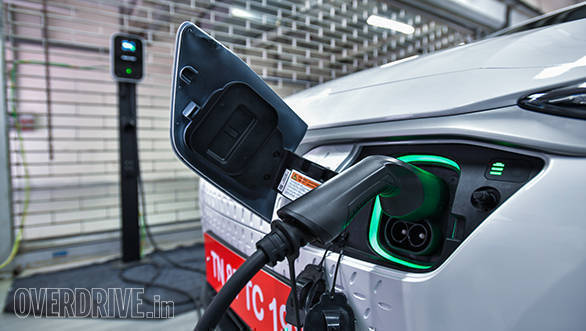
This, however, does not concern our day-to-day usage of our beloved new EV as long as we are in the safe confines of the passenger cabin. High voltage only intends to increase the efficiency and relevance of EVs for us. Its hazards are obligatory though, a small price we pay for bigger gains, but nothing that current technology cannot handle. Living with an EV is a little different when compared to a conventional petrol/diesel car, thus a little more understanding from our side will work wonders for this relationship in the long term.
Starts Rs 23.72 Lakhs
-NA-
Automatic
136
395
-NA-
